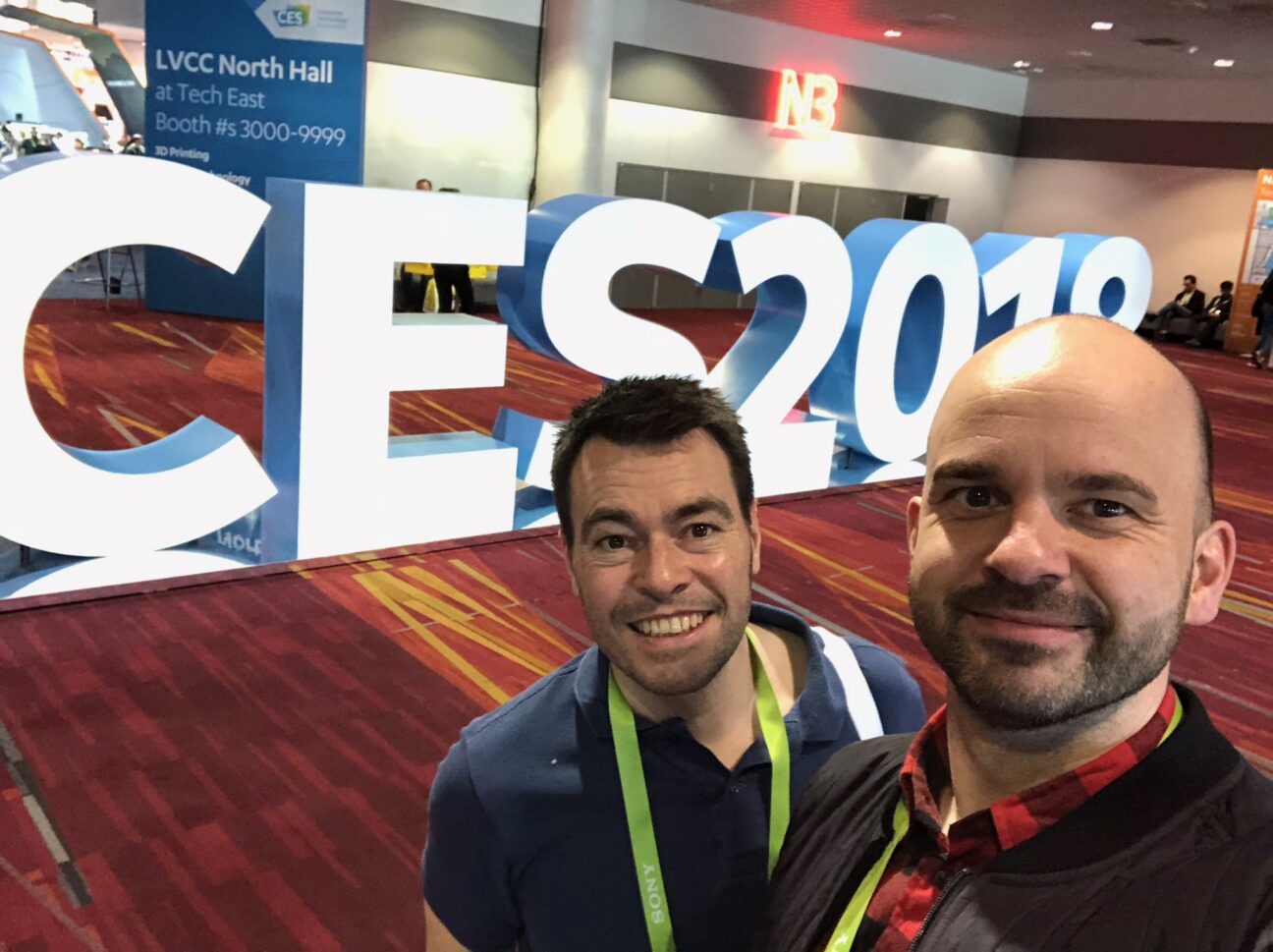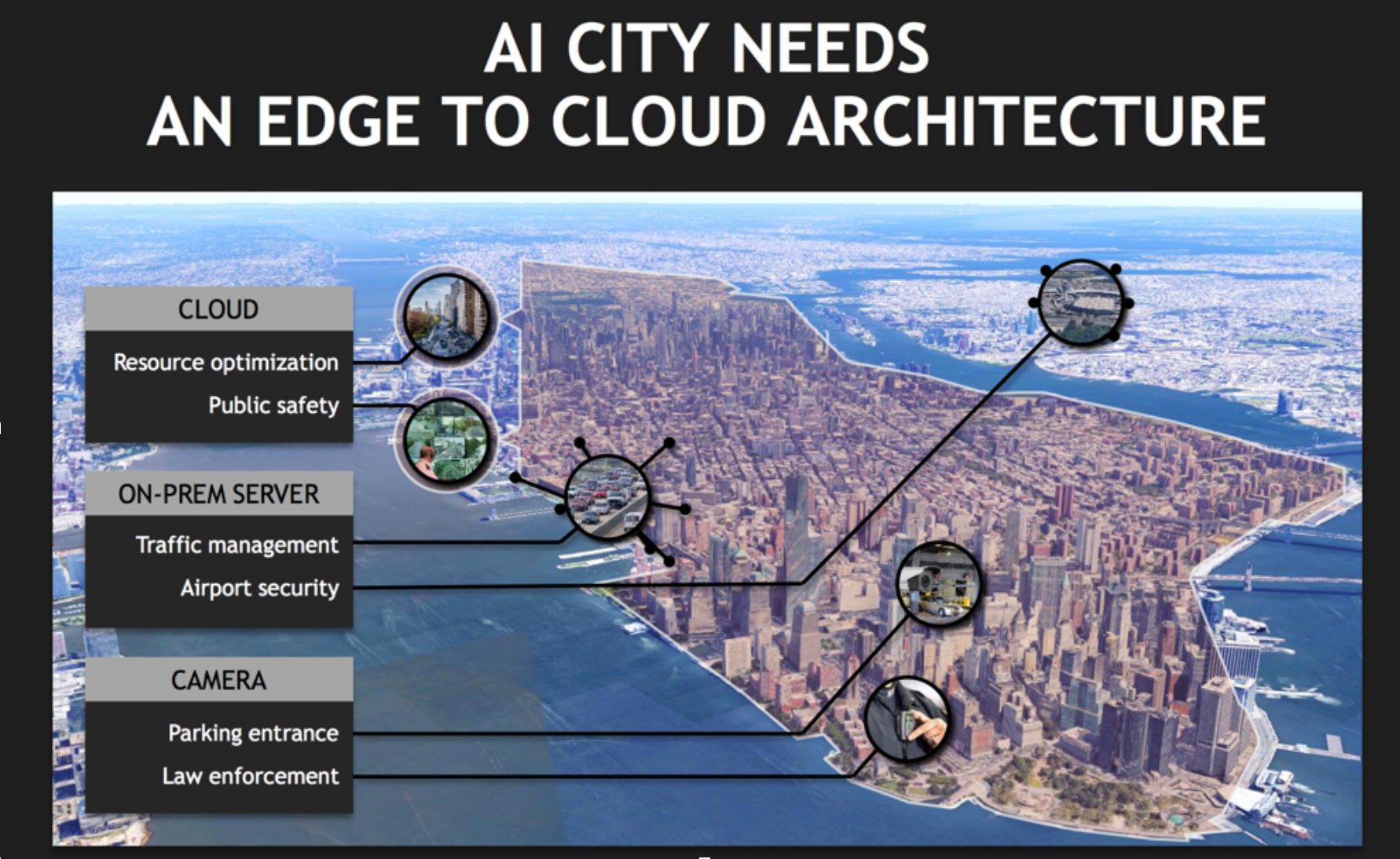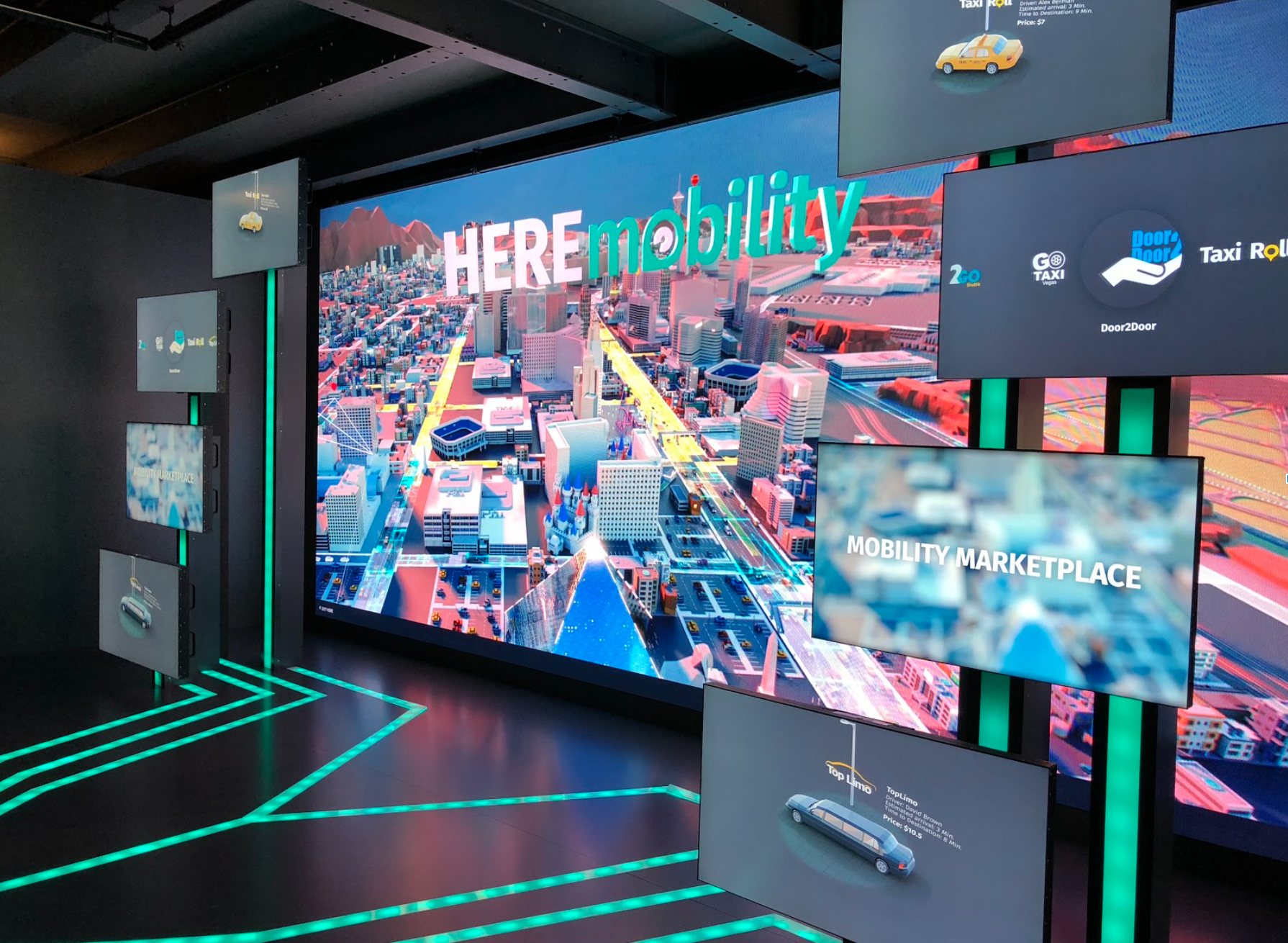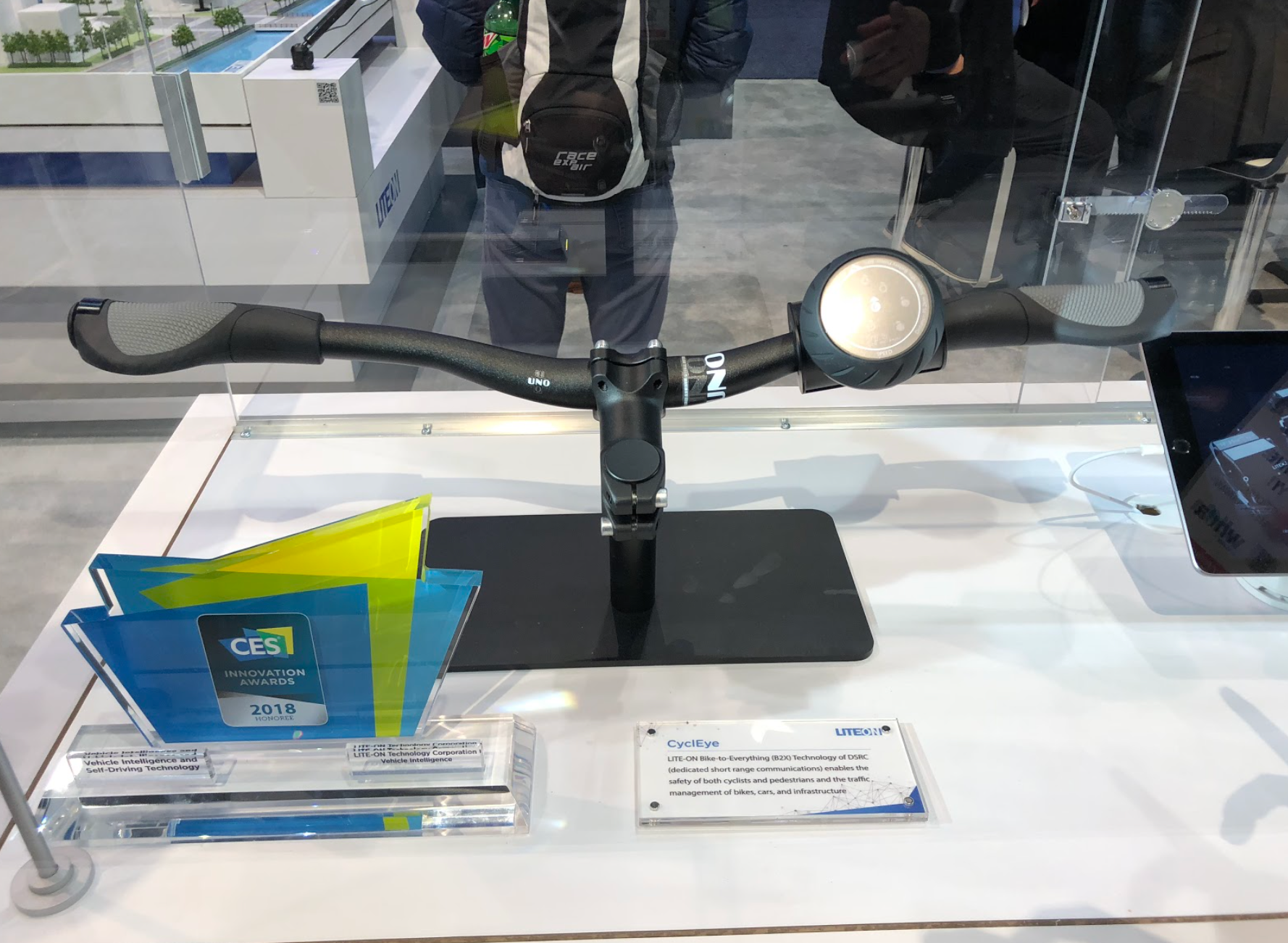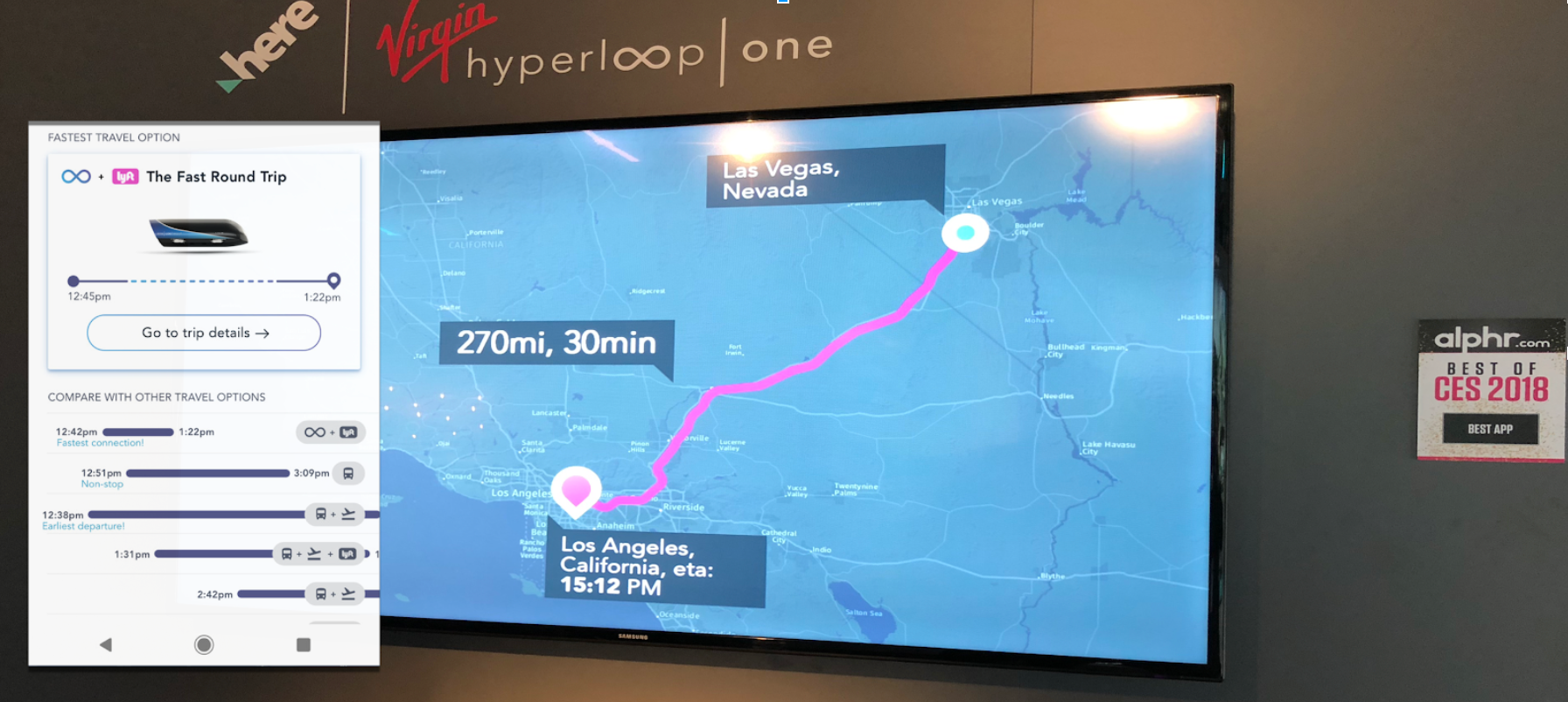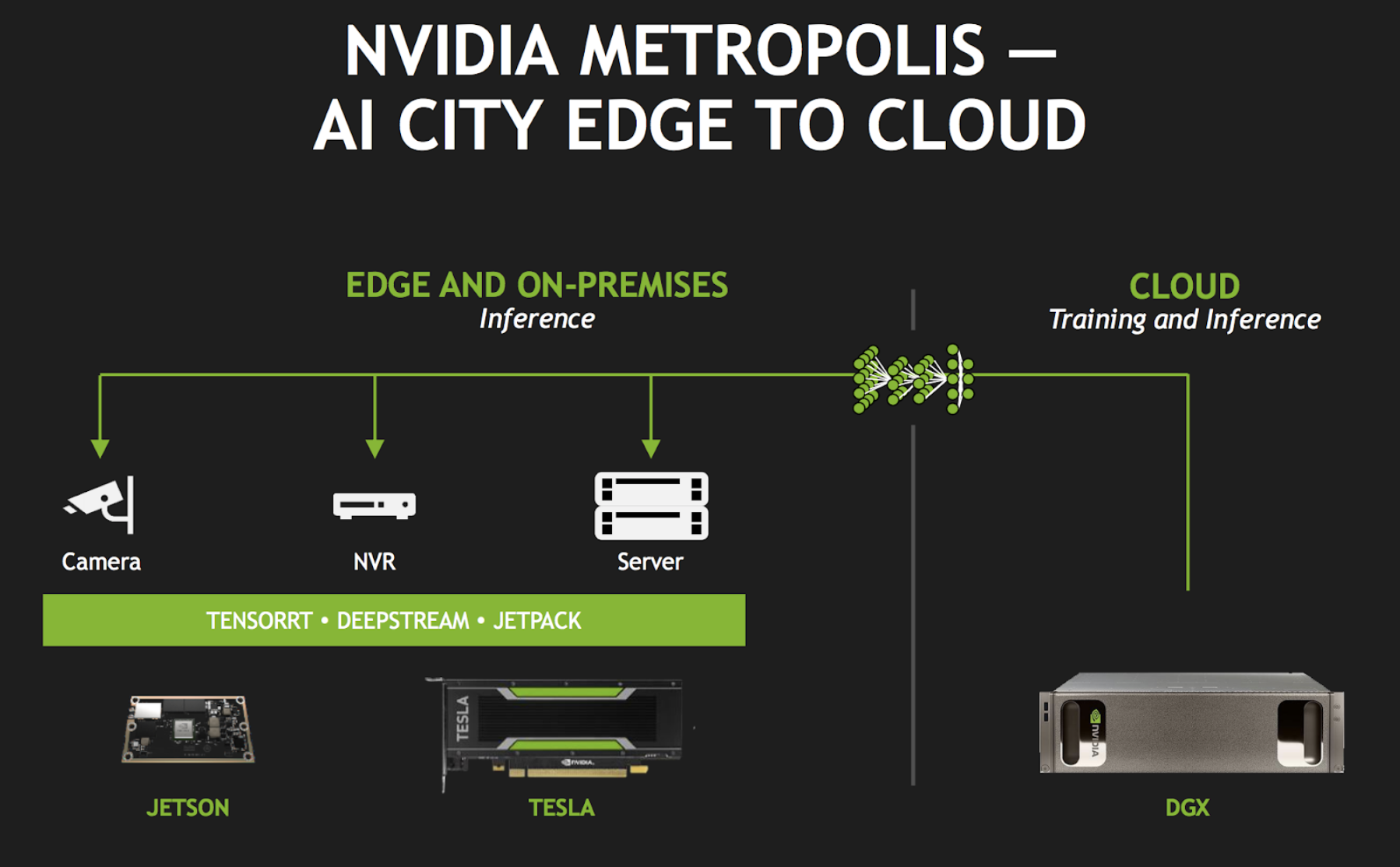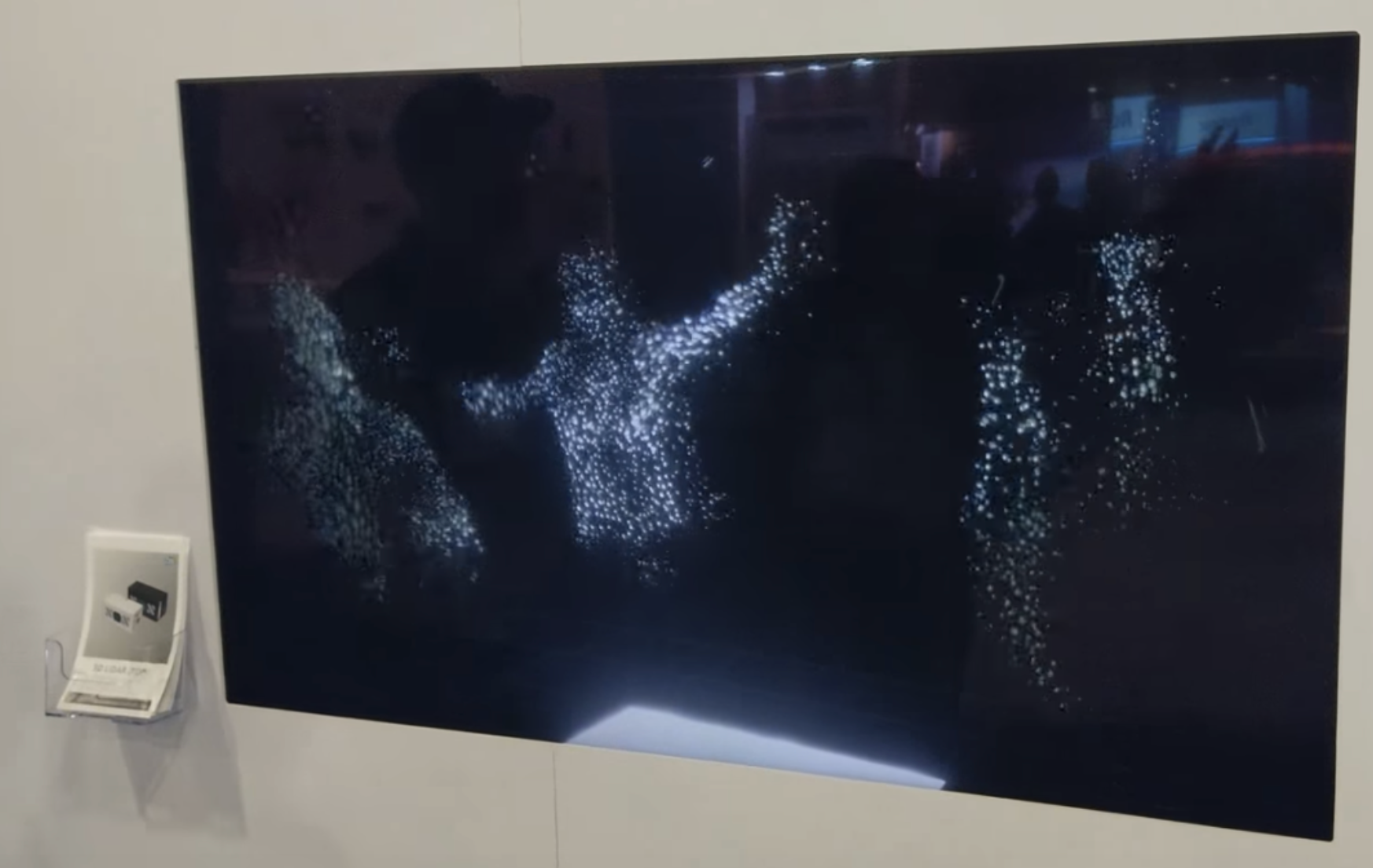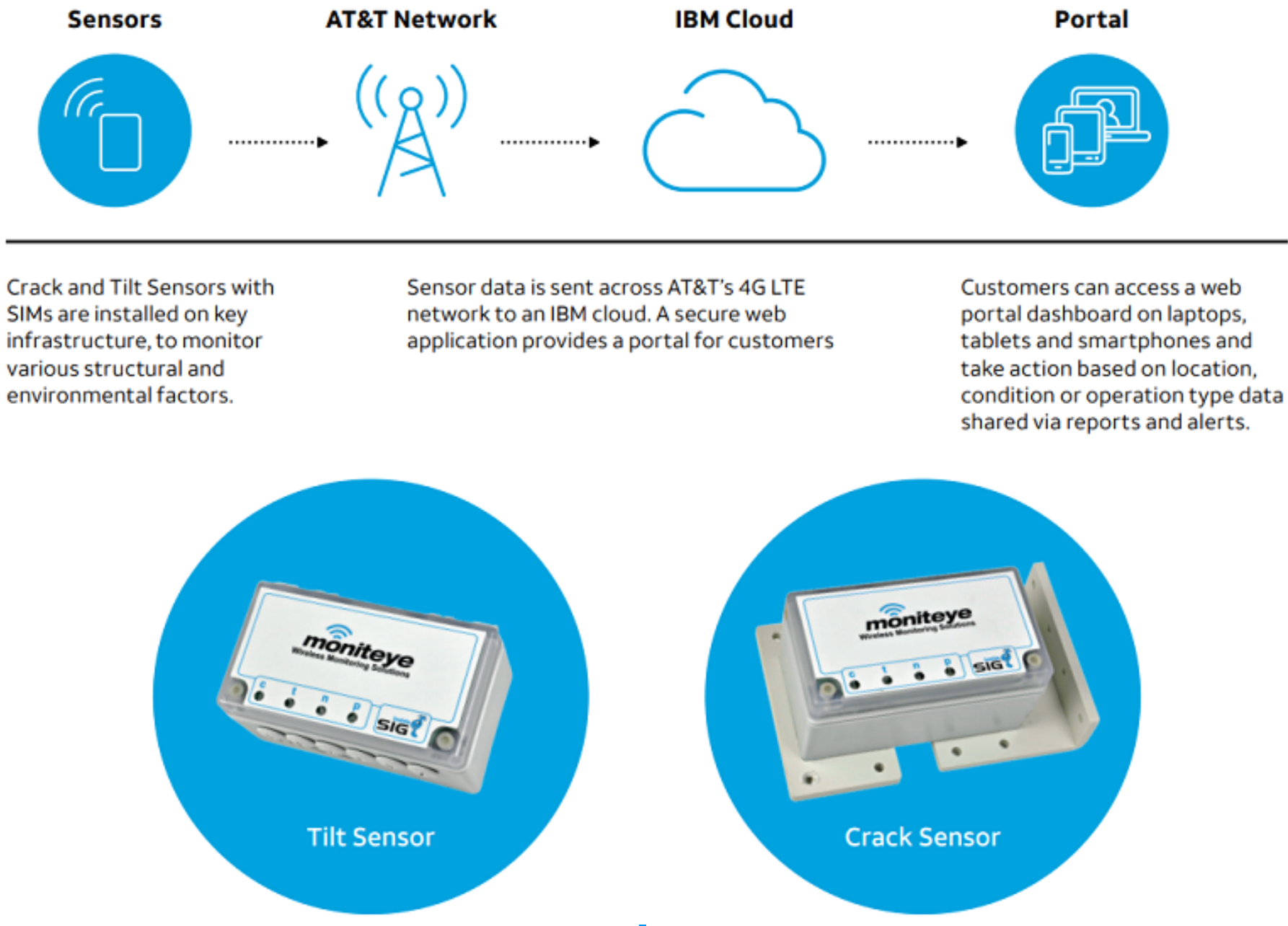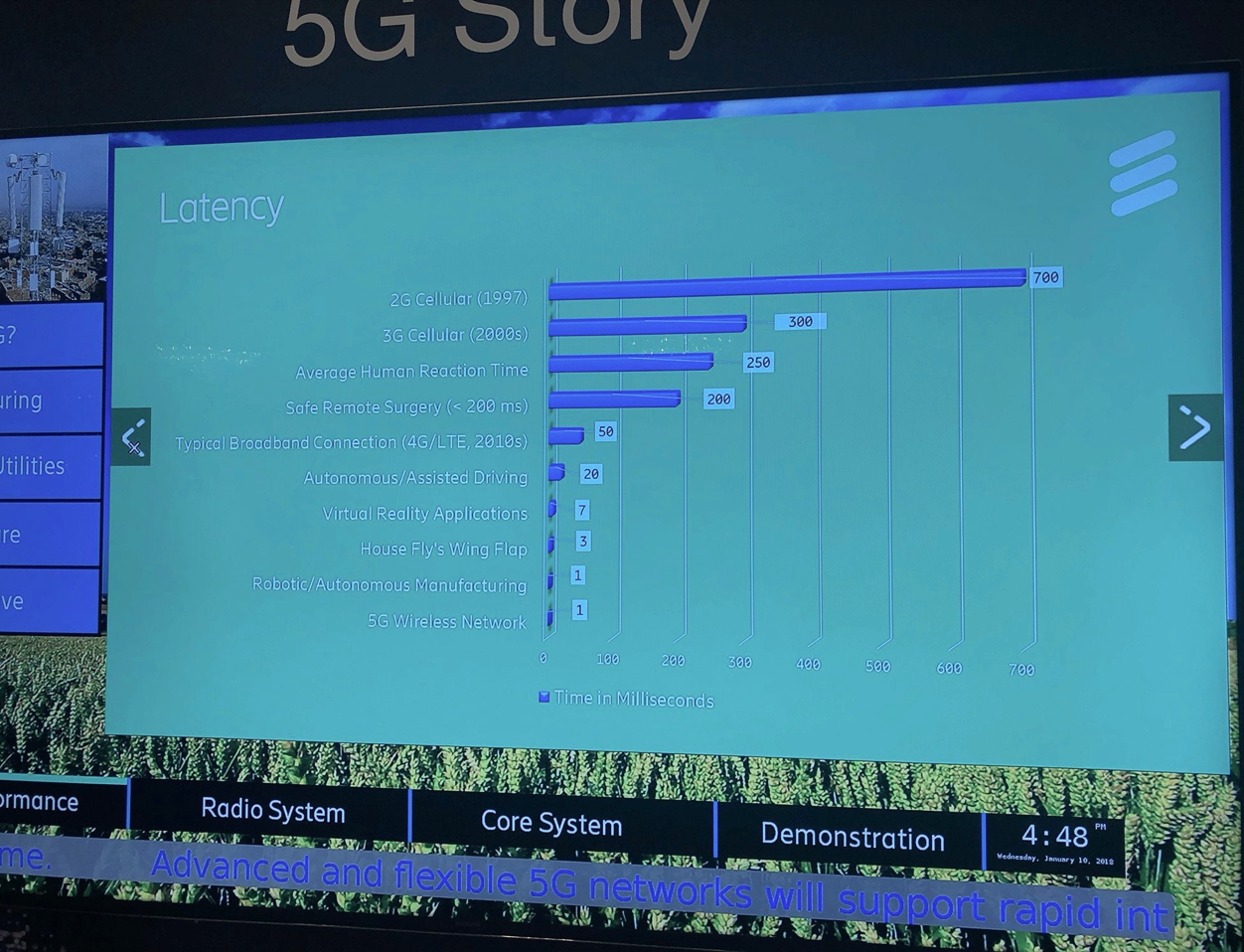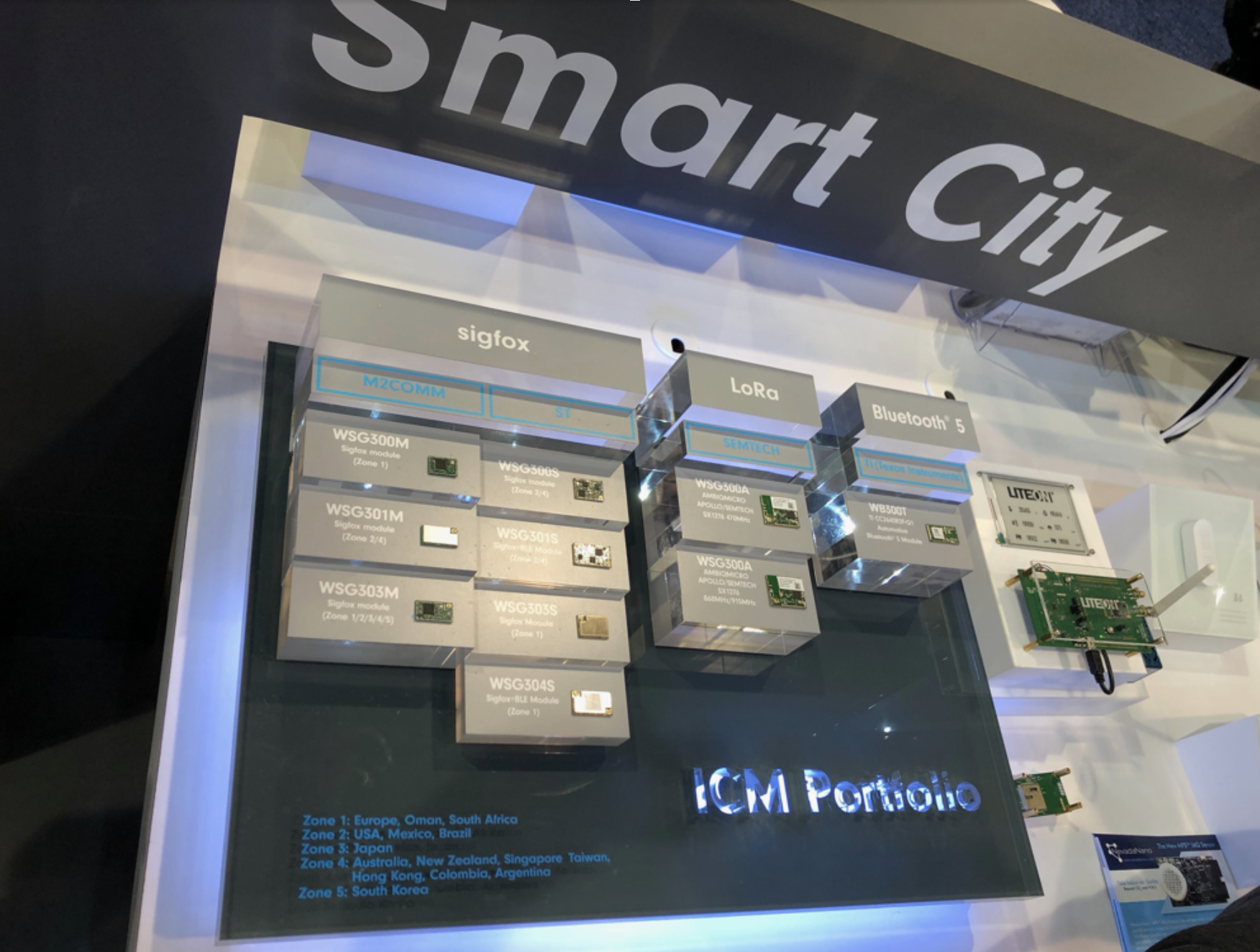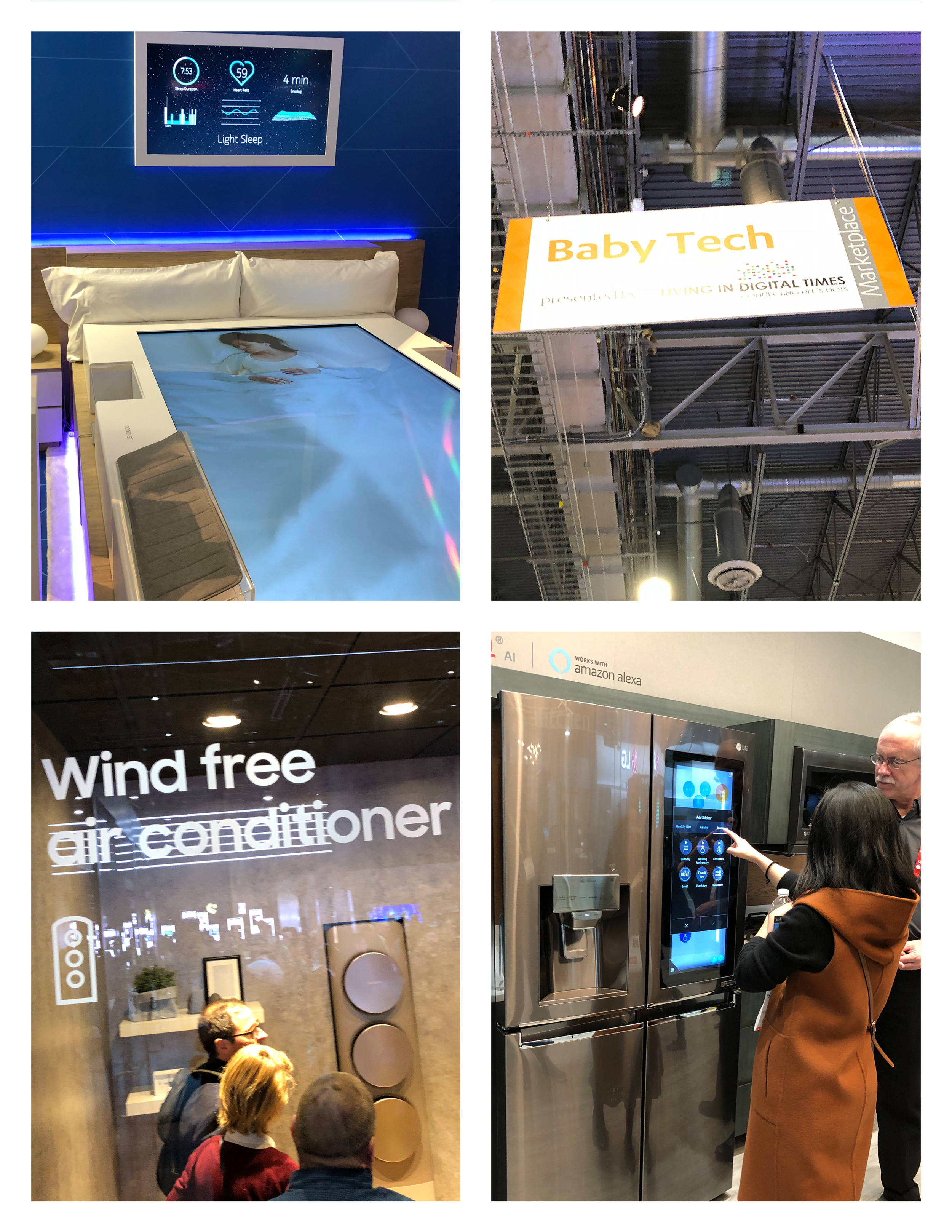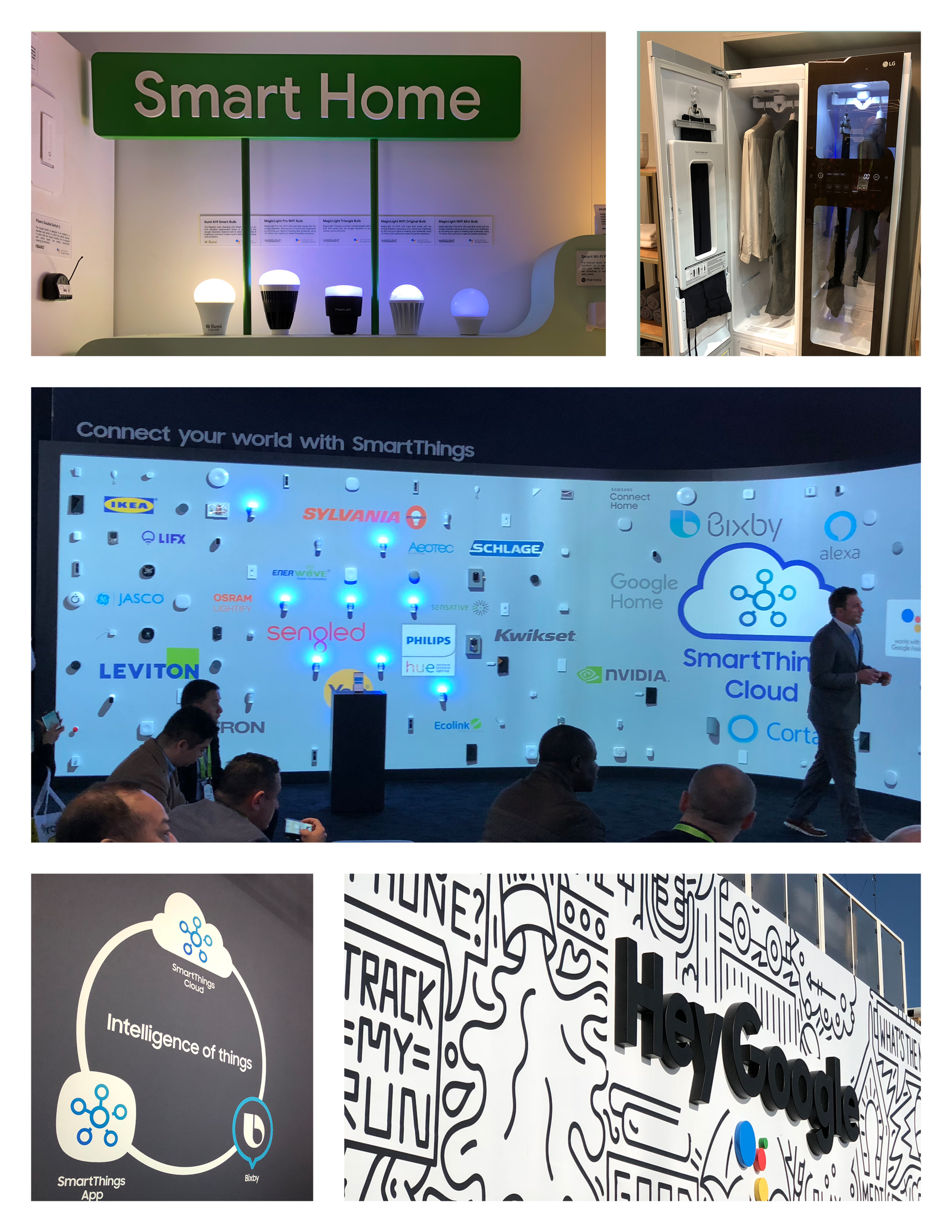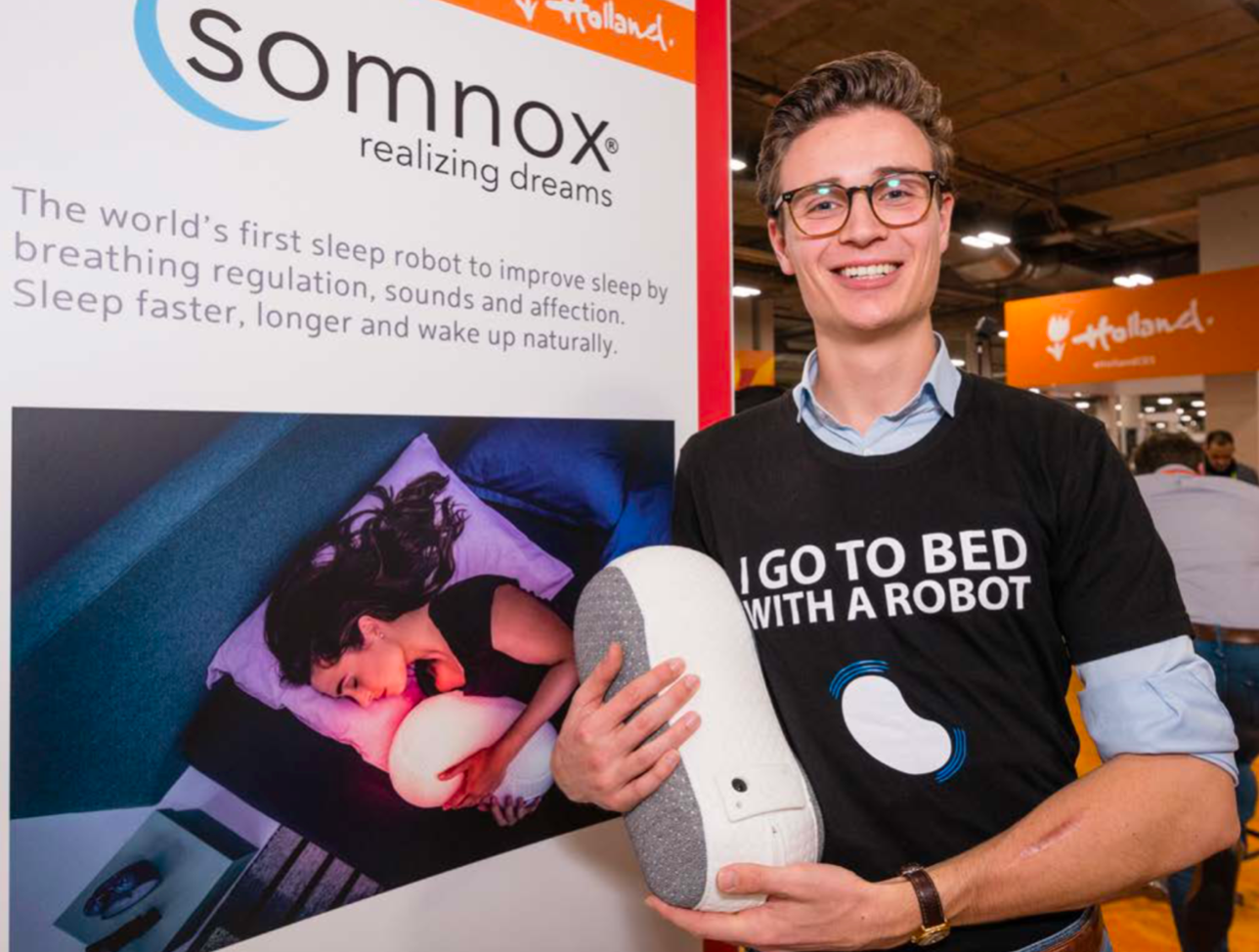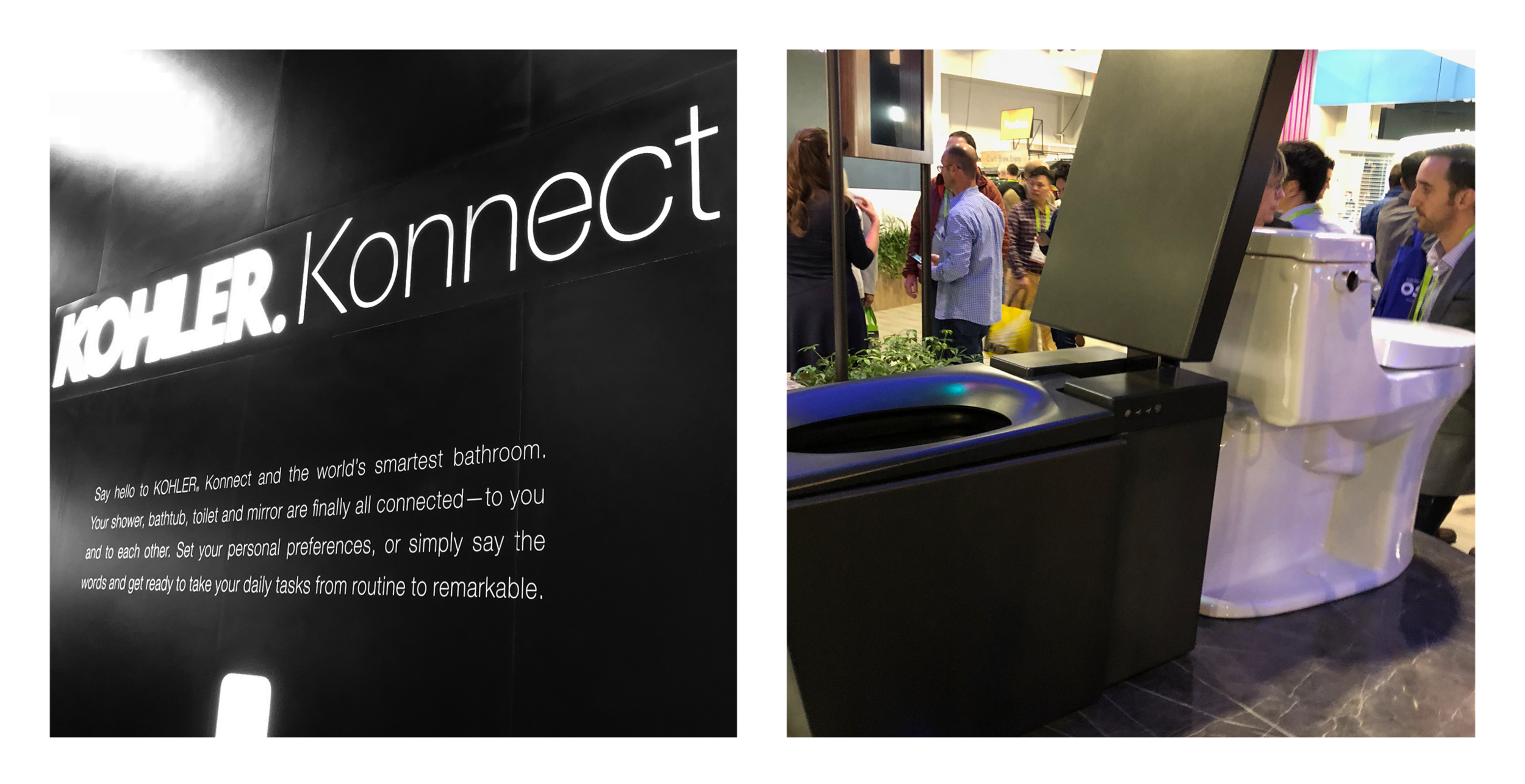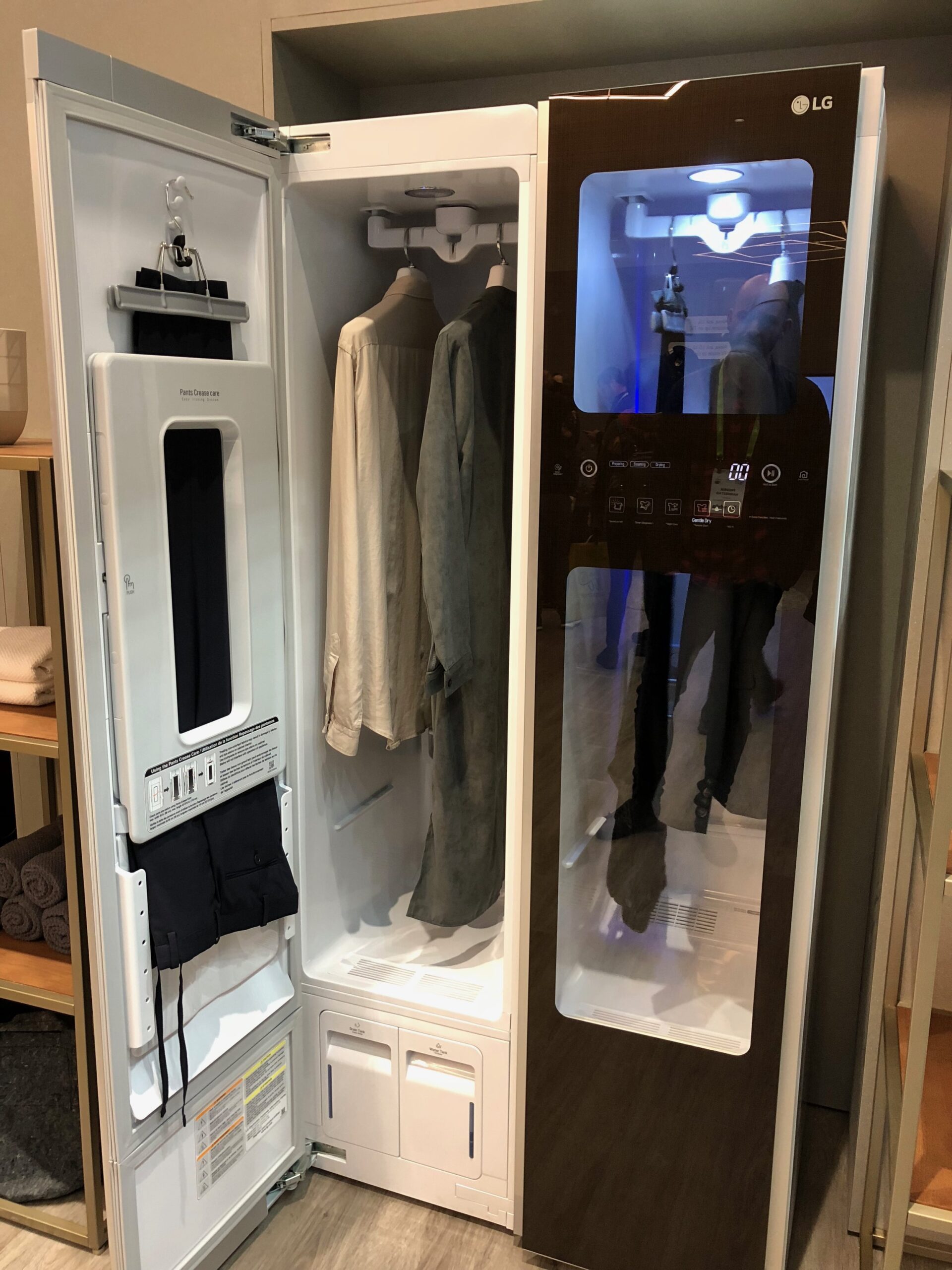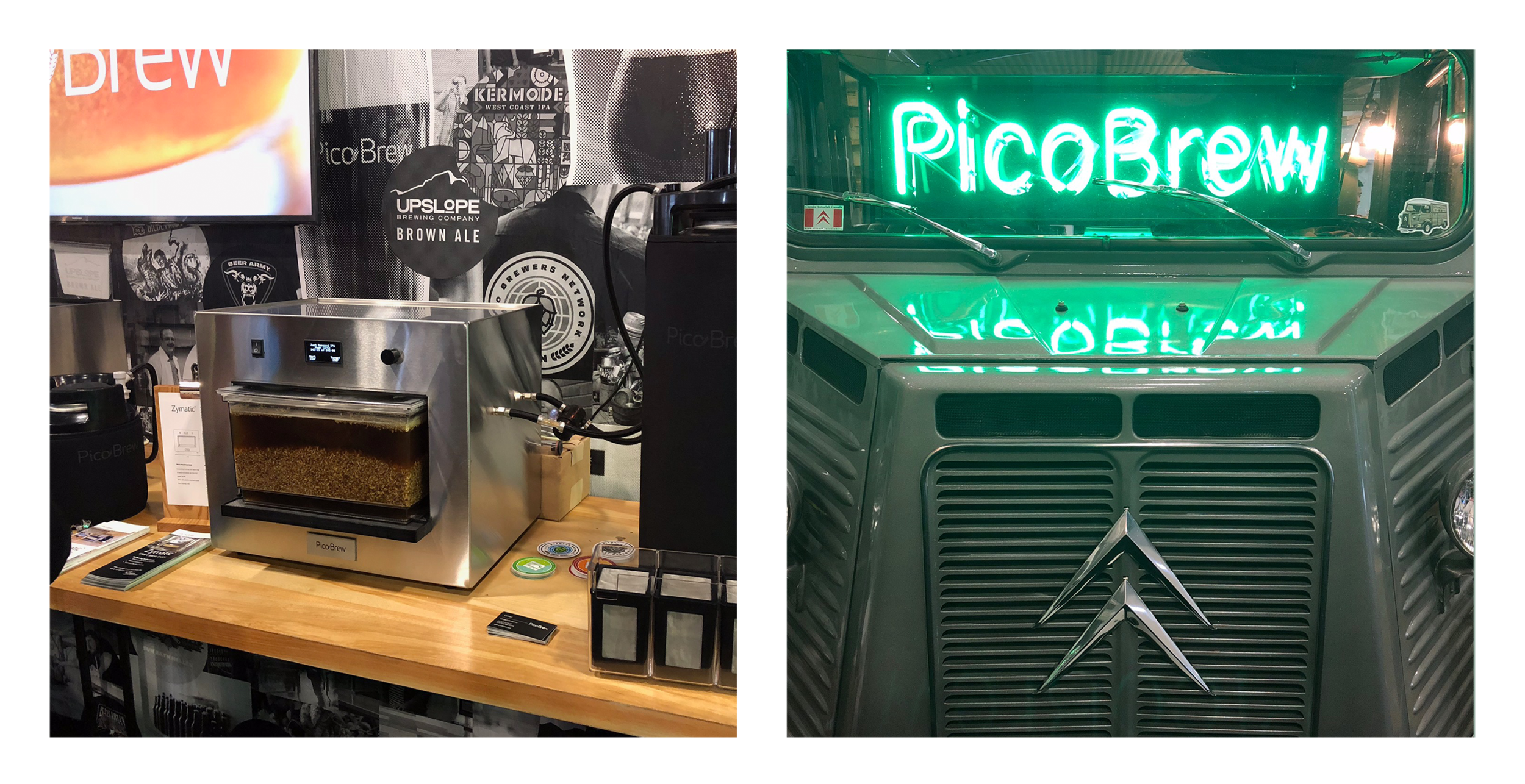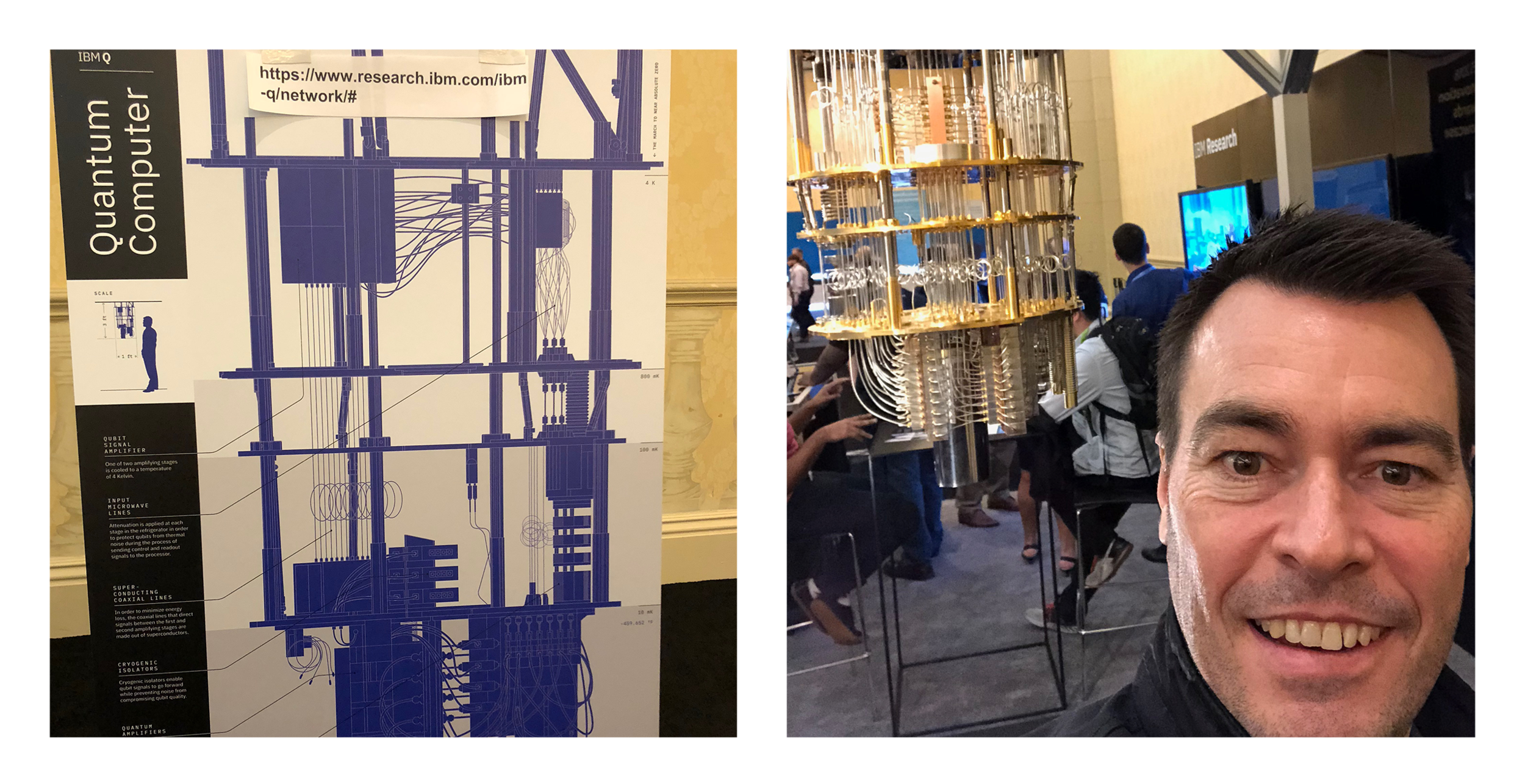…sorry this got stuck in the draft for a while… here we go…
In the first part of our blogpost from CES we presented the key findings on Smart Vehicles and Smart Robots. Below we continue our story on highlights for Smart Cities and Smart Gadgets. And yes, the latter is a bit of a patchwork of impressions but much is focused on smart homes and living.
Smart Cities
In the 1800s only 3 percent of the world’s population lived in urban areas. Around 2050 the UN guesstimate is we hit the 70 percent mark. Vast changes to city life and operations will be forced on in order to accommodate the growth – especially as the urban population growth will take place alongside climatic changes. New and smart technologies will be indispensable, and IHS predicts 88 smart cities will exist by 2025, and that global spend will reach close to € 30 billion by 2020.
As we browsed the stalls and participated in the talks on Smart Cities during CES, it was easy to get baffled by the width and span of what SmartCities cover. Let me suggest an explanation. A smart city is one where data are applied to optimize the lives of people and machines and their co-existence and possible future merger in urban life.
The definition sounds straightforward. But connecting and processing the sheer number of data points and mass amount of data generated today — and more so in the future — is a daunting tech challenge. In Part I of this post we mentioned the need for data miniaturization required for robotics to enhance their performance. For Smart Cities, this will be dwarfed. In this new data driven landscape, data miniturization needs will be amplified by the necessity of having billions and even trillion of connected vehicles, sensors, cameras, machines and future gadgets and make instant valuable real-time processing and inferences to help their individual, interconnected and interdependent activities. Alone in cameras, NVIDIA estimates 1 billion surveillance cams processing 30 billion frames per day in 2020. Then add to this the utilization of data to optimize energy, transport, health, security, homes, buildings, sensors, robots and much more. For this type of future AI city, smart cities will require edge as well as cloud architecture – as illustrated in one of the slides presented by NVIDIA.
Slide from NVIDIA’s presentation on Smart Cities and AI
So what are the current catalyzing areas for Smart Cities? Energy with smart grids and cleantech, along with smart transit are two big ticket items. Next follows, public safety and surveillance, health, waste management, sensor networks, and open data infrastructure. The enormity of the areas – in sum of their parts and interconnectedness – makes Smart Cities difficult to grasp and fluffy. Whereas smart vehicles and robotics could be experienced at CES and out in the streets of Vegas, smart city initiatives were mostly presented in future tense and in a “intend to build” language. Nevertheless, the value of being at CES is that each area is represented, and one can start connecting the dots. During our time at CES we absorbed most on Smart Mobility, Smart Surveillance, and on new network technologies set to catapult us towards smarter urban living. Key impressions from each of these three are presented below.
Smart Mobility aka Multi-modal Mobility
In the emerging multi-modal mobility space, public transit is increasingly getting merged with private mobility solutions such as Uber and Lyft. But also support from car makers like Toyota and Ford are joining in on multi-modal mobility. For instance in Texas, a Sandbox project driven by DART with federal funding is making multi-modal transit come alive in the Plano area. This will soon allow customers to plan an itinerary and select modes of mobility across the public transit system and Lyft as a starter, and on-demand micro transit – with one payment. In the C40 initiative there is also a long list of cities with pronounced smart mobility strategies, hereunder all the Scandinavian capitals and 11 total cities in Europe. Yet, major platform and infrastructure is missing to truly offer a comprehensive one stop planning, billing, ticket/pass issuing settlement and validation solution across transport means and operators.
At CES important initiatives on the path towards solving the gaps could be found targeting transit connectivity and data-interoperability, and multi-modal planning. Ford and Autonomic launched the Transportation Mobility Cloud. The aim is to create an open platform for smart cities to enable all transit related artifacts to communicate in one platform and language. Their ambitions are far reaching, describing the solutions capabilities nothing less than: “to take in and process that data in real-time, and provide numerous services including vehicle connectivity, third-party connectivity, location-based services, route mapping, alerts, identity management, payment processing, data and analytical services, and much more.” Even if they describe the cloud platform already as ready to deliver all of this, it is far from something that is ready for deployment in wide scale right now – but the importance is the direction it carves out and that money is put behind it at scale.

Ford also announced a partnership with Qualcomm on C-V2X (cellular vehicle-to-everything) communications for cities, bikes, and cars. The intent is to enable a standard direct communications between vehicles and everything else in its surrounding (e.g. stoplights, other vehicles, bikes, motorcycles, etc.).
Combined, Ford targets a form of Samsung SmartThings type initiative for smart mobility. Yet, with far bigger complexity. A key difference to SmartThings is also how SmartThings started independent (then became Samsung, but maintains commitement to openness) to serve across smart things for the home. Ford’s initiative stresses to be “for everyone” but is born with a Ford stamp. It will be interesting to see if Ford’s jump into the driver seat will attract buy in from the other giants in the industry and act as a form of consortium standardization forum.
In the panel on multimodal mobility (video available here), the difficulties ahead in getting to above common platforms and standards were discussed heavily by the panel. As a means towards the ends of openness, Raj Kapoor from Lyft suggested that a blockchain could be needed. This idea is intriguing, but right blockchain technology must be selected for such purpose. After all, we cannot permit another energy monster like that for the Bitcoin blockchain to be required for serving ultra sensitive and latency-allergic multimodal transit scenario. But certainly, it would be great to see blockchain initiatives, e.g. decentralized network versions on Lightning technology, established to ensure transparency and eliminate the race towards platform ownership seen above.
LiteOn’s stand with solutions for smart mobility, smart homes and smart cities also impressed us. In the smart mobility space, we found interesting how technologies applied to self driving cars now are also imagined in use for bikes, like in this awarded handlebar radar system. With the CycleEye Bike-To-Everything short range communications, the rider would be better guarded and warned by real-time predictive safety systems – that is, if everything else connected to B-2X, C-V2X…
HERE had an impressive stand next to Google. Catching everyone’s eye was naturally the Virgin Hyperloop One model outside their stand. Inside fascinating examples of the smart cities of the future. For instance, in a world where vehicles all become interconnected, methods of transit also so; and hyperloop network is built out, the multi-modal travel planners will offer us the best and fastest transit alternative. HERE demonstrated this redefinition of travel together with Hyperloop One in an app concept voted Best of CES 2018 by alphr.com. There’s a video of the concept worth watching here.
Monitoring, Surveillance – Computer Vision
The abundance of cameras for surveillance across the range from indoor and outdoor to 3D and radio-wave monitoring was not what impressed us in under the above category. Rather as software frenzy, we found greater interest in platforms for data-analytics required to truly create the future of monitoring and surveillance. Here, we again found NVIDIA to be propelling forward – and another reason for NVIDIA being our pick as show winner.
Already selected by Alibaba and Huawei, NVIDIA Metropolis delivers a strong package for monitoring and surveillance. It combines on-premise edge neural network model deployment with TensorRT, image analysis of up to 30 HD streams at 30 fps with training and inference system in the cloud to enable efficient deep learning algorithm tuning. Although named metropolis and alluding to use in cities, this and similar systems can be used to provide enhanced public safety and never-seen-before business insights and solutions. A powerful example of smart computer vision, is the Amazon Go retail experience where all movements are tracked to the detail of determining what you are carrying out of the store without ever scanning the good at a cashier. In the smart city landscape, some of the use cases includes parking spot detection, fast forensics, face detection, anomaly detection, behavioral analytics, crowd behavior and much more.
Privacy paranoia is imminent in the world pictured above. As answer to this, new technologies to ensure more privacy have been introduced. Cameras based on radar and laser were demonstrated at CES. Hitachi exhibited their motion sensing with LiDAR (Light Detection And Ranging). These are now available for both outdoor and indoor use. The use of LiDAR can provide more anonymized monitoring and blind area monitoring. Below shows a LiDAR image of us jumping in joy at the Hitachi stand.
Another player making a big splash in the smart city landscape on surveillance and monitoring, was AT&T. They announced a sensor monitoring system for bridges and constructions with LTE based sensors reporting changes via cell networks. These sensors should strike a chord for those with knowledge of the state of critical and ill maintained infrastructure many places around the world. AT&T’s launch is a prime example of how Telcos are now jockeying for position in the Internet of Things market together with partners providing a way from data to visualisation.
What we saw on the networks side of new developments, on the other hand, pointed to a far more crowded space than what the AT&T offer described. This brings us to new networks enabling the Smart City revolution ahead.
Networks
The explosion of sensors and video streams ahead challenges our present day networks in three main ways: capacity, latency and energy efficiency. Smart sensors require long range, low latency, and and often at almost no energy consumption. Video requires high throughput. Critical reaction time gadgets, robots and vehicles demand extremely low latency and reliability to trust cloud inferences. 5G, and low energy network technologies like LoRA, Sigfox, NB-IoT and Bluetooth 5 will therefore be needed. All had presence at CES, but 5G more than any.
Just in the days leading up to CES specification for 5G got signed off by the GPP. Visualization of the 5G future were abundant on the stands. Both Intel’s 5G LED tunnel and ZTE’s 5G Tunnel of the Future focused on the low latency (1ms) use cases supporting autonomous vehicles (not likely without edge back-up of course), lower energy use, and 4K (and beyond) video streaming that 5G will provide in the blink of an eye. The showcases were primers for the devices and new possibilities we already will see come to market in 2019, according to ZTE.
With 20 times the speed of 4G LTE, 100x more connected devices (sure needed for a venue like LCVV and CES btw), and almost no latency, the theory on the 5G networks ahead certainly open new possibilities. Maybe one of the most important are cases of machine to machine interaction required in real-time controlled robotics. Another is supporting growth in ever higher video resolution and real-time AR/VR streaming. At Ericsson’s stand we found this slide, illustrating well what lower latency means in practice: 5G being faster than a house fly’s wing swap.
IoT will also be supported by 5G and cellular networks. Some will be on top of LTE networks, while others will exist separately. NB-IoT is a contender here. NB-IoT test-rollouts are in place (also in Scandinavia) by existing telcos. This technology delivers on several of the promises of 5G, and most importantly delivers IoT connectivity without the need of intermediary edge gateways to collect sensor data. NB-IoT will operate on a traditional carrier plan business model – where benefit is guaranteed quality of service, downside is cost.
Alternatives like LoRa – as e.g. with The Things Network – where Jayway now has a gateway set up in Copenhagen, is how this provides an open and free alternative with opposite benefits and disadvantage. We saw a range of LoRa devices at CES, and the range of certified products at The LoRa Alliance is growing day by day – now even with a LoRA rat/mouse catcher available! A picture of the radio technology portfolio of LighteOn, also including Sigfox and Bluetooth 5 and for different bandwidths to different gegraphies signifies how this Taiwanese producer is positioning across the technology standards.
More network diversity was thus a key takeway form CES. Yet, we also know that as 5G rolls out a year or two from now, software defined networking and distributed cloud are two forces which will allow significant better flexibility and agility for routing and controlling packages from application layers and the many new different piping options available. So, in the increasing number of networks available, smartness will also be applied in the networks in selecting efficient technology to carry various data types.
Smart Everything Else
We cannot leave CES and this blogpost without talking the Smart Home and plethora of smart, maybe “overly smart” and even the not so smart gadgets we saw in the many exhibits we visited. Whereas smart home a few years ago was much limited to the living room and Smart TV for most of us, or proprietary solutions, CES had vast floor spaces dedicated to connected home. You name it sleep-tech, bathroom-tech, baby-tech, wardrobe tech, home beer brewing tech, toilets and bathroom tech, cleaning tech. In many ways, like stepping into a futuristic shopping mall of home devices.
As Jayway’ers we were particularly proud to see our customer, Samsung SmartThings, having such a large presence and interesting offering. As an open platform, they are truly getting momentum in connecting the smart home. At their stand a day in the life of connected devices in the smart home available today was demonstrated. All connected, all managed with routines, scenes and automations through the SmartThings app. And all available to be voice controlled via Bixby, Google Home, Alexa and Cortana. It’s smooth and we can’t wait until SmartThings enters more of Europe (currently only in UK), and more Scandinavian home equipment manufacturers get integrated. At SmartThings stand we saw the integration by ADT, the largest home security and alarms provider as a blueprint for how a third party security vendor could be integrated in SmartThings with a great user experience.

At the Google stand, a simlar scene was presented. Probably over a hundred devices from different vendors were exhibited as Google Home and Assistant compatible. It ranged from large consumer appliances like air purifiers, washing machines and robot vacuum cleaners, to all type of home sensors, cameras and secruity gears, and to home electronics, including here speakers like the Beosound from B&O. Great to see Google at the CES, and their message and bet was clear: “Hey Google” – let’s connect and answer everything.
Good sleep is crucial for wellbeing, functioning and health. Sleep is also a 80 billion USD market by 2019. As for “sleeptech” at CES, it was more fun than it sounds like to watch and browse. Watching drowsy people with gadgets and even a sleep robot was quite entertaining. In one area 20-30 people were tucked down in daybeds with the NuCalm “clinically proven – no drugs” stress relief system taking a needed relief from tech-overload. Devices for taking a powernap, meditation and the oxymoronic sound emitting (!) sleep headband from Philips were but some of the devices to see and try. What interested us more than individual devices were installations optimizing more than one part of the sleep experience.
Companies like Magniflex, Nokia (yes, they had a big splash at CES!) and de Sleep Number 360 demonstrated multi-sensing and connected solutions. Here monitoring of factors such as room temperature, sleep habits, room noise level, heartbeat, respiratory rate, body and bed positioning, and sleep data could be gathered and smartly applied. For instance, automatic bed positioning, light conditions with adjustments of curtains and blinders, and even aromatherapeutic emissions, and right wake up alarm routines could be used to optimize sleep. We spend about a third of our lives in bed, and with bad sleep being linked to 7 of most common causes of health problems and even deaths, it is to easy to see both benefits as a consumer, and big bucks from corporations. That said, some of us may have our reservations going to bed with a sleep robot like that from Somnox.
Next to sleep, health from having an active lifestyle is of the essence, and here the CES attendees could indulge on a wide variety of connected gym and training equipment. One of our favorites in this area is Peleton. The company has managed to merge high tech equipment and home trainers with a connected and virtual training workout. For instance, have the Peleton bike in your home and participate in virtual spinning bike classes online. On exhibit was now also their connected threadmill.
After running off all of the superhealthy calories taken in while in Las Vegas, getting a Nokia scale to measure your BMI and getting critical health indications may be a good idea.
Then to the smart bathroom. A connected bathroom experience? Well, it’s of course a reality. “Shower, bathtub, toilet and mirror finally all connected to you – and each other” goes Kohler Konnect in the marketing splash. Your bathroom will know your preferences and adapt. This also goes for the “intelligent toilet”. The feature list is pretty impressive: Warm water and UV sanitizing and automatic deodorization, adjustable water temperature, pressure and spray, heated seat and warm air dryer, nightlight and ambient lighting, touch screen remote, automatic flush and lid opening and closing, and even foot warmer and speakers with wireless streaming! The bathroom experience will never be the same again. Hopefully Kohler has not taken security lightly on their IoT implementations, and don’t use cameras in creating the connected bathroom experience. Maybe more important than bathroom experience in itself, and in the larger perspective of things, is the possible reduction of millions upon millions of (bleached mostly) paper that is appealing about this – as long as these smart bathroom appliances also are respectful of water usage.
In the smart bathroom area we also found a surprise, one which particularly hit with our female employees. The smart Sensor mirror from Simplehuman. Not only would the light smartly turn on and off with your presence in front of the make-up mirror, but with an app you could get the light of the mirror to adapt to the light conditions for the space you were planning to look stunning! So, if it was a restaurant, you could get a picture of the restaurant and it would simulate or approximate light conditions based on the picture.
Both Samsung and LG had impressive stands demonstrating connected home appliances. Beyond latest developments in microLED, OLED and laser projectors for home TV and theatres, we found smart refrigerators and home clothing care systems. Both Samsung and LG showed how refrigerators will come with large touch screen interfaces, being the connection point for a home for everything from notes and messages, to helping with shopping and refrigerator “stockage”.
LG impressed with the LG Styler Clothing Care system. 39 minutes and by use of only water, the clothes come out sanitized, deodorized and de-wrinkled. It can also take care of pant creases and keeping them crisp. Easy to see how such an appliance can get momentum in years to come.
Then lastly in this long blog post. We discovered PicoBrew. Yes, a smartified home breweing set-up with a network of brewers to provide you the right brew for you. Buy pre-made bag of grains and hops made by PicoBrew and their network of micro-breweries. Let’s say you’re in the mood for Rooftop Brewing Stargazer IPA. Then simply get the container, add water, and let the machine do the process. And voilla, crafted beer made right in your home. We almost ended up bringing one back to our office.
Now, that wraps it up on main impressions. Before closing, let us also share some thoughts on CES – is it worth it? And how to get most out of it.
Reminder: There is also a Part 1 of this blog – covering impressions on Smart Vehicles and Smart Robotics
Bonus: Getting the Most Out of CES — Our Experience
CES can be overwhelming. Over four-five days, you can really get a lot out of it, or not so much. Both planning and serendipity plays a role. We had a planned agenda, which we ended up sticking to 30–50%. When you’re in Vegas, you need to know when to hold’em and when to fold’em. We folded on many of the CTA tracks, and are happy that we only had one Premium pass. The regular CES pass is fine, less you find critical CTA tracks and sessions which you know will be fantastic. Our learning was that most of the truly valuable tracks were not the panel debates. Rather focused sessions where experts presented problems and solutions like Nvidia’s VP and GM of Autonomous Machines, Deepu Talla’s presentation on the State of Artificial Intelligence provided truly novel insights.
Panel debates tended to be vague and repeated often well known clichés. Instead, we found browsing the exhibition, talking with start-ups and venturing deep into “Chinatown” to instantiate more novel inspiration.
That said, we truly appreciated the debate on Designing AI-powered Robots. Here a highly gifted and engaged panel with true practical experience provided clear learnings. Also, Trends Shaping Global Innovation, which more accurately could have been named Geopolitical Forces Shaping the Growth Technological Growth, HRH Prince Constantijn of the Netherlands and Pascal Cagni of France, drew up a very positive image on EU start-up policy emphasizing how immigration policies in these two countries have gone at the forefront not only at attracting scientist and entrepreneurs as single individuals but to provide long term visas for their associated teams.
Overall, if tech scouting and gaining insights to software development for hardware is the overall purpose of attending, we concur partly with this article in Techcrunch on the true value of attending CES is found when browsing the Eureka park for everything start-up’ish. Yet, for a design driven software development studio like Jayway working with several of the larger players present in the exhibition areas, we thrive on exploring both sides of the spectrum and apply this in our design and innovation in our next work.
Will we be there in 2019 – you bet! 🙂 After all, we will be one year closer to quantum computing.
PS! There is a large catalog of videos available from CES — worth checking out: http://videos.ces.tech
